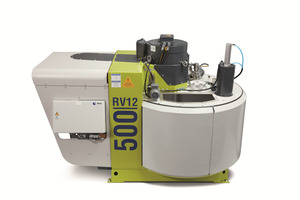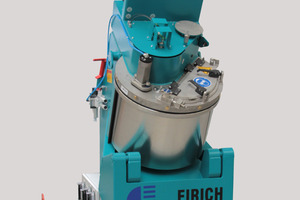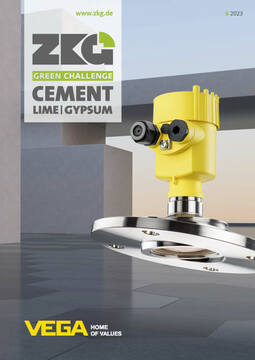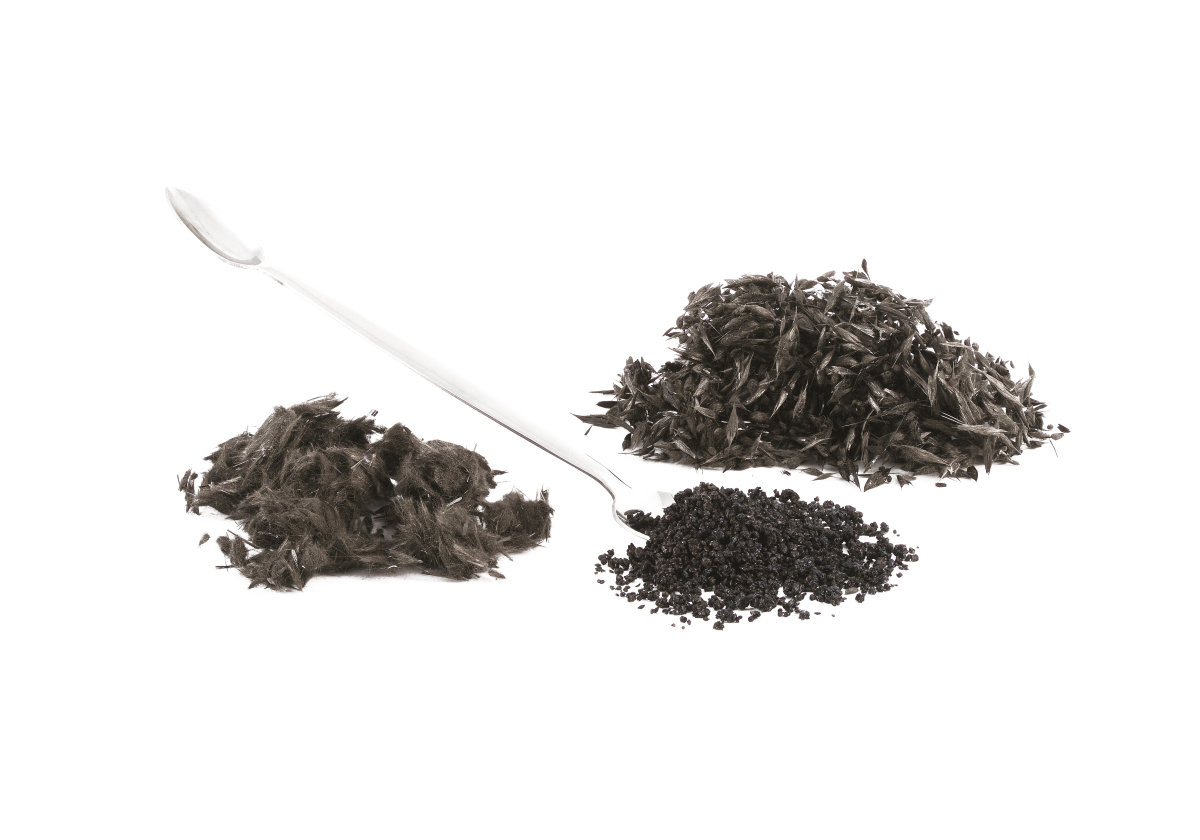Innovative mixing and analysis technology for resource-efficient preparation of building materials
Climate change and its consequences also confront the energy-intensive cement industry with major challenges. The main goal in the coming years is the stepwise decarbonization of production. The high-quality production of cement and concrete is becoming more and more complex in view of increasing and multi-layered requirements. Eirich, a company with a long tradition, is focusing its new technologies especially on the saving of resources, as well as on the reduction of energy costs and energy-related CO2 emissions.
Reducing scrap with in-situ rheology measurement
Reducing scrap in production is a crucial factor for companies to increase efficiency and reduce costs. Implemented quality measurements enable manufacturers to monitor the production process more closely, detect potential defects early on and make appropriate adjustments promptly.
Rheology measurement in the mixer is an innovative technology that is especially interesting for the cement and concrete industry. Producing concrete of constant consistency is significant for the preparation of precast elements. Furthermore, with regard to the use of clinker-efficient cements, which react very sensitively to the change of the w/c ratio (water cement ration), or in the preparation of R-concrete, which basically has a higher water demand, the monitoring of viscosity and yield stress is becoming even more important. Varying moisture contents not only influence workability, but they also affect the condition of the concrete surfaces. Eirich offers rheological measurement directly in the mixer, without any additional hardware. The shear stress can be determined via the drive torque of the rotor tool and the shear rate via the tip speed of the rotor tool. Measurements are made in a step or ramp profile. From the measurement results, the flow curve is calculated according to the well-known Bingham or Herschel-Bulkley models. The characteristic parameters for the rheological properties, such as dynamic yield point and dynamic viscosity, are displayed as relative values. These values correlate with the known values such as slump flow or flow table test. The measurement right in the mixer makes daily routine much easier and saves a lot of time. Time-consuming laboratory analyses are determined independently of the operator, and the measurement data are stored and available digitally.
High-torque motors for up to 25% energy savings
Energy savings are achieved through energy efficiency. This means that processing must be achieved with a minimum expenditure of energy. High-torque motors have significantly lower energy consumption and higher torque density than conventional asynchronous motors. The increased power and performance of these motors ensure that the mixing process in the Eirich mixer has lower energy consumption, throughout the entire mixing phase. The reasons for this are the direct power transmission and lower peak values of power. High-torque motors not only have improved energy efficiency, but they also have a compact design because they are mounted directly on the drive train. The elimination of mechanical elements, such as belt drives and gearboxes, also reduces noise and maintenance. Finally, the use of the frequency converter complements the efficiency of the system, as the speed can be optimally adapted to the respective preparation steps in the mixing process.
Reducing cement content reduces CO2 emissions
A uniform homogeneous mixture is the foundation for high-quality end products. During recipe development, the specifications of DIN EN 206-1 and DIN 1045-2 must be observed. One of the most important design criteria are the exposure classes. These specify, among other things, the permissible w/c ratio as well as the minimum cement content that must be contained in 1m³ of concrete in order to fulfill the corresponding exposure class and thus ensure the durability of the concrete. Many companies increase the cement content process-related, by a multiple, to meet the requirements for the component. The use of an Eirich mixer offers the possibility here of reducing the cement content depending on the concrete type, down to the minimum quantity. It has been found in practice that uniform preparation can save up to 10% of the binder in customer recipes. The design of the Eirich intensive mixer – consisting of an inclined, clockwise rotating mixing vessel, a variable-speed rotating rotor tool and a diverting wall scraper – makes this possible by ensuring permanent 360° circulation of the material in the mixer.





